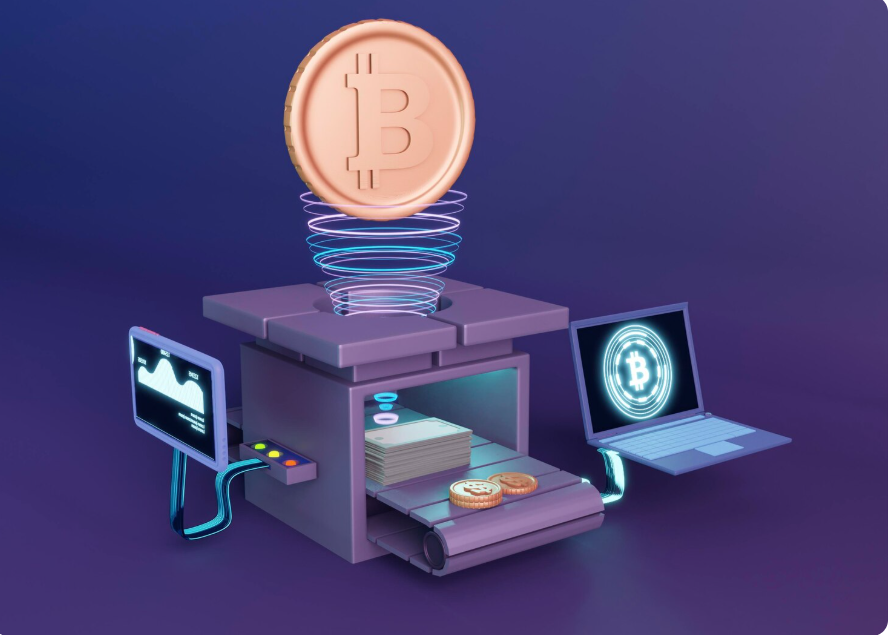As cryptocurrencies like Bitcoin and Ethereum continue to grow in popularity, their networks are feeling the pressure. High transaction fees, network congestion, and long confirmation times have become major pain points. The solution? Layer 2 scaling solutions — a critical innovation in the blockchain world that aims to make decentralized systems faster, cheaper, and more efficient.
At a basic level, a Layer 2 refers to a secondary protocol built on top of an existing blockchain (Layer 1), like Ethereum or Bitcoin. Instead of handling every transaction directly on the main blockchain, Layer 2s process them off-chain or in parallel, and then anchor the results back to the base layer. This reduces the workload on the main network, improves speed, and significantly lowers fees.
There are several types of Layer 2 solutions, each with different technical approaches. The most well-known include rollups, state channels, and plasma chains.
Rollups have become particularly popular in the Ethereum ecosystem. They execute transactions off-chain and then post compressed data onto Ethereum for security. There are two main types: Optimistic Rollups (like Optimism and Arbitrum) and Zero-Knowledge Rollups (zk-Rollups, like zkSync and StarkNet). Optimistic rollups assume transactions are valid by default and only check them if challenged. zk-Rollups, on the other hand, use cryptographic proofs to verify all transactions, offering faster finality and stronger security.
State channels work by allowing users to open a channel between two parties and transact off-chain as much as needed, only settling the final result on the main chain. This method is fast and private, but less flexible for complex applications.
Plasma is an older Ethereum scaling concept that uses child chains connected to the main chain. It enables fast and scalable transactions, but has limitations in smart contract interactions and user experience.
The importance of Layer 2 solutions cannot be overstated. Ethereum, for example, has faced criticism for high gas fees, especially during bull markets or NFT booms. Layer 2s offer an immediate and practical way to scale without sacrificing security or decentralization — key values in the blockchain space.
For users, Layer 2s mean cheaper and faster transactions. Sending a token or minting an NFT can cost a few cents instead of tens of dollars. For developers, it means the ability to build more interactive, scalable applications without being bottlenecked by Layer 1 limitations.
However, Layer 2 is still an evolving space. Fragmentation is a concern — there are many competing Layer 2s, and bridging assets between them can be risky or complicated. Users may find it confusing to manage different wallets, networks, or assets across multiple Layer 2 platforms. Interoperability and user experience are two areas where ongoing improvement is needed.
As blockchain adoption expands into gaming, social media, decentralized finance, and real-world applications, the need for scalable infrastructure becomes critical. Layer 2 is not just a patch — it’s a foundation for the next generation of web applications and digital economies.
From a digital marketing standpoint, SEO optimization around Layer 2 topics is a hot opportunity. People are searching for “best Layer 2 solutions,” “Layer 2 vs Ethereum,” and “how to use Layer 2 crypto.” Educational, accessible content can bring in highly engaged traffic and establish your platform as a thought leader in this fast-developing field.
In the long term, Layer 2 solutions are likely to work in harmony with Layer 1 upgrades like Ethereum 2.0, offering a layered approach to scalability. They’re not a replacement — they’re a complement, creating a more efficient and user-friendly ecosystem.
For now, understanding Layer 2 is essential for anyone in crypto — whether you’re an investor, developer, or simply curious about where blockchain is headed next.
